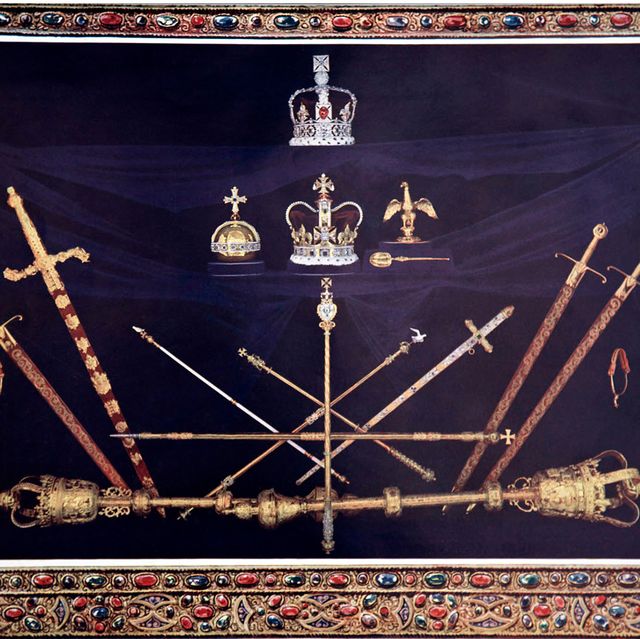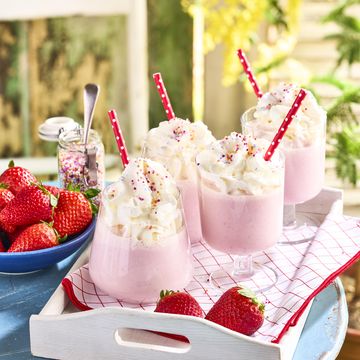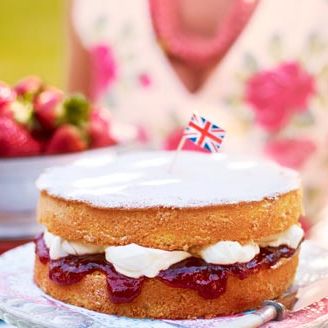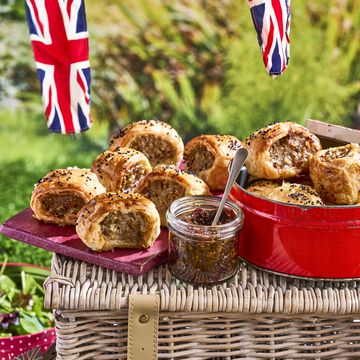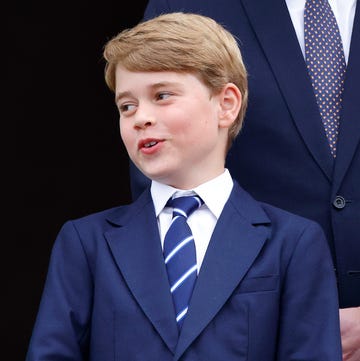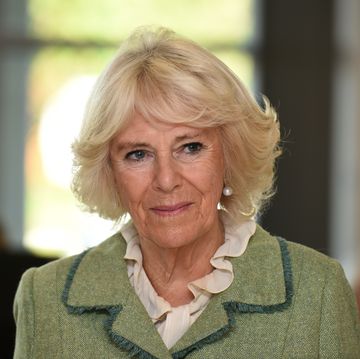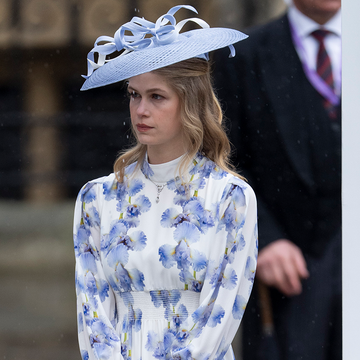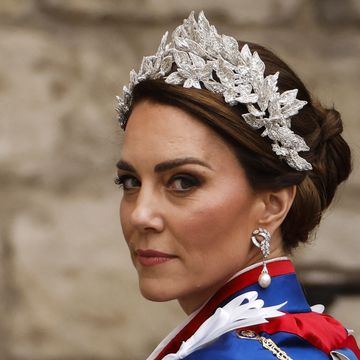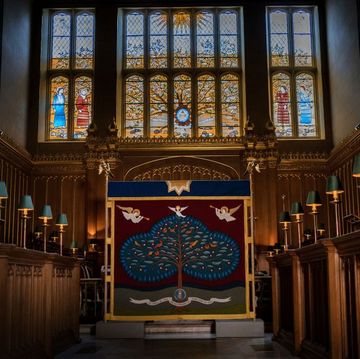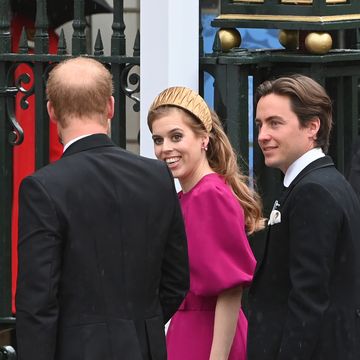King Charles’ coronation on Saturday 6 May will be the first crowning of a new monarch in the United Kingdom and the Commonwealth in over seven decades. While exact details of King Charles’ coronation are yet to be announced, Buckingham Palace has said that, “the Coronation will reflect the monarch’s role today and look towards the future, while being rooted in longstanding traditions and pageantry.”
The important occasion is steeped in history and tradition and, while every coronation is specific to each monarch, there are some rituals which have remained steadfast for hundreds of years.
Many pieces of The Crown Jewels, normally kept locked away at the Tower of London, are reserved especially for coronations and we expect to see some of them in full use this spring. Each piece of regalia has its own unique history, as well as purpose in the order of the day.
What to read next
Here, we take a look back at some of the most significant pieces used in past coronations and what they symbolise, to get an idea of what we might expect from King Charles’ coronation ceremony.
What crown will King Charles wear?
The earliest discovered English crown dates back to the Iron Age and have been used by monarchs throughout the centuries ever since. Today, the Royal Family own a number of crowns, tiaras and diadems, but there are two in particular that are used during the coronation ceremony of a monarch.
St Edward’s Crown and the Imperial State Crown were created for King Charles II’s coronation in 1661 and variations of both are still in use.
St Edward’s Crown
The 17th-century St Edward’s Crown is almost identical now to when it was first created, aside from some replacement stones. It features a classic arched frame in gold and is studded with jewels surrounded by ornate enamel mounts.
We can expect to see King Charles wearing this crown during his coronation, but only for the pivotal moment of the actual crowning. The crown will be placed on his head by the Archbishop of Canterbury and guests will declare, “God save the King.”
The Imperial State Crown
There have been various iterations of the Imperial State Crown since Charles II’s original. The crown currently in use was created for the coronation of Queen Elizabeth II's parents, King George VI and Queen Elizabeth in 1937.
The crown was altered in height to make it a little smaller for Queen Elizabeth II’s coronation day, which she can be seen wearing in her official portrait. This crown is worn after the coronation ceremony and when the monarch appears before the public on the balcony of Buckingham Palace. It's also worn for important events such as the Opening of Parliament. The impressive crown features a fur trim, and is studded with diamonds, such as the Cullinan II, and other jewels.
The King's crown vs The Queen's crown
While King Charles will wear the above crowns as tradition dictates, there was plenty of speculation around what The Queen Consort would be presented with.
In the past, Queen Consorts have worn specially made crowns mimicking that of the King in a smaller size, but this coronation was the first time a brand new one wasn't created.
Instead, the crown of Queen Mary (who was coronated alongside King George V in 1911) will be used, and it is being updated with jewels from Queen Elizabeth II's personal collection.
Which Crown Jewels will be used at King Charles' coronation?
The Crown Jewels comprises of the Coronation Regalia, which is a number of important objects used in the coronation of monarchs, including sceptres, rings and orbs. These items each play a key role in the traditional coronation proceedings.
The Sovereign’s Sceptre with Cross
Sceptres are long staffs that have been in use since medieval times. They tend to feature precious stones and other decorative touches, each standing at around three to four feet tall.
During the coronation, the Sceptre with Cross is passed to the monarch’s right hand by the Archbishop of Canterbury, symbolising power and justice.
The Sceptre with Cross, as the name suggests, features a large cross on top of the large Cullinan I diamond, which was cut from the same stone as that in the Imperial State Crown.
The Sovereign’s Sceptre with Dove
The second sceptre used during the coronation is the Sceptre with Dove, which is passed into the monarch’s left hand. This golden spectre is set with 285 gems and features the emblem of a dove with outstretched wings, which symbolises equity and mercy.
The Orb
The spherical orb symbolises the globe, as it is constructed of two hemispheres which are joined together at the ‘equator’ by a band of jewels. The cross on the top of the Orb references Christian traditions and symbolises God’s influence over the world.
The Coronation Ring
When a new King or Queen is invested as monarch, a ring is placed on their fourth finger to represent the ‘wedding’ of the sovereign to the people. The ring in question is a thick gold band featuring a ruby cross over a blue stone (making it look similar to the Union Jack flag) and is outlined with diamonds.
The Sword of Offering
The Sword of Offering is presented to the monarch during the coronation to represent strength and power. The highly decorated Sword of Offering was made for King George IV in 1820. It is set with emeralds, rubies, sapphires and diamonds, which form the shapes of roses, thistles and shamrocks to denote different realms of the United Kingdom.
The Ampulla
The Ampulla is a 20cm-tall eagle made of gold. The head unscrews, allowing it to be filled with holy oil, which is poured from a small hole in the bird’s beak onto a special spoon. The Archbishop of Canterbury then uses the oil to anoint the new monarch in a cross shape on their forehead.
The Coronation Spoon
The silver gilt spoon used for anointing dates back to the 12th century and features intricate carving and four pearls studded into the handle.
The Spurs
One of the more unusual features of the coronation regalia is the set of spurs, which feature small spikes protruding out from a traditional rose shape.
Spurs have been used to invest royalty at coronations since King Richard I in 1189, although this set were made in 1660. The spurs are brought to touch the back of the monarch’s heels during the coronation and represent the concept of a knight ‘earning their spurs’.
